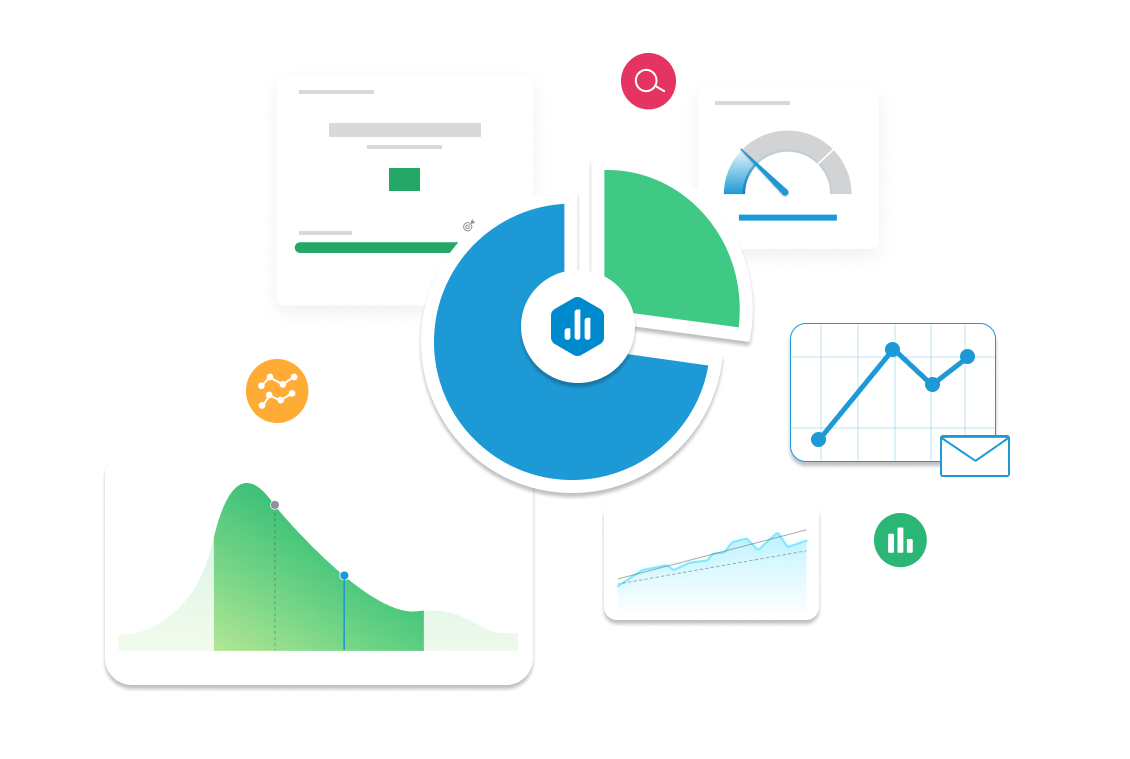Customer Profitability
Discover how Customer Profitability measures how much profit a business earns from individual customers or customer segments. Learn how to calculate, analyze, and optimize this KPI to focus on high-value relationships and drive sustainable growth.

| Category |
Marketing, Ecommerce |
|---|---|
| Type |
Lagging Indicator |
| Calculation |
Customer Profitability = Total Revenue from Customer − Total Costs to Serve Customer |
| Measure |
Tracks profit from individual customers or segments by factoring in revenue, support, marketing, service, and retention costs, helping businesses assess customer-level ROI. |
| Data Sources: |
CRM systems (HubSpot, Salesforce), QuickBooks, Stripe, ProfitWell, NetSuite, Google Analytics (with LTV & cost tracking integrations). |
| Frequency |
Tracked quarterly or annually to guide long-term strategy, pricing models, and customer success planning. |
Example target
Increase customer profitability by 15% in Q3 by reducing support costs and prioritizing retention strategies for high-LTV customers.
Example Reports Use Case
A Finance or Customer Success Manager tracks Customer Profitability to identify high-value vs. low-value segments. If some customers are unprofitable, the team may adjust pricing, limit costly support, or reallocate marketing spend.



